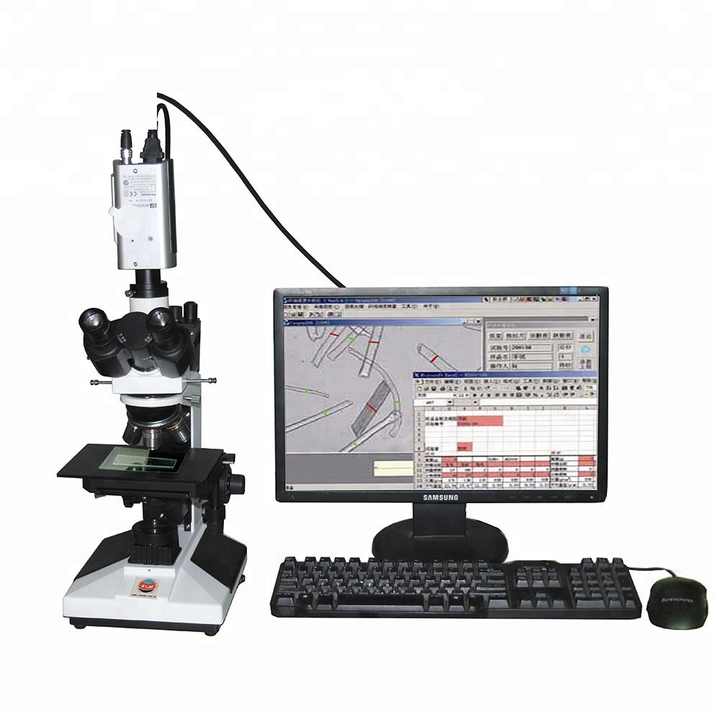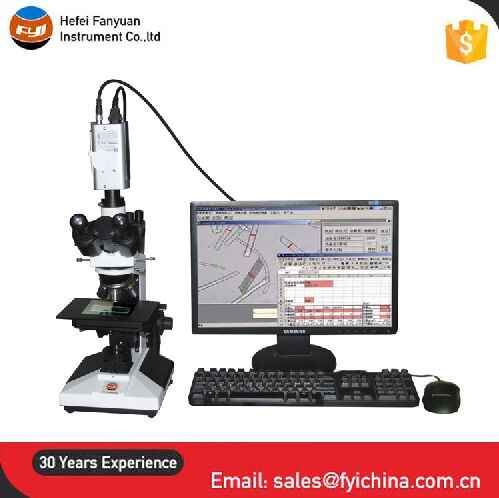How an Optical Fibre Diameter Analyser Enhances Manufacturing Accuracy
How an Optical Fibre Diameter Analyser Enhances Manufacturing Accuracy
Blog Article
Maximize Your Fiber Optic Performance: Understanding Optical Fibre Size Analyser Technology
The efficiency of fibre optic systems is seriously affected by the accuracy of their diameter, a factor frequently ignored in the quest of ideal signal honesty. Recognizing the technology behind optical fiber size analysers discloses the elaborate equilibrium in between dimension precision and production quality. These devices not just enhance conformity with industry requirements however likewise supply real-time understandings that can preemptively resolve possible problems. Nevertheless, the implications of their usage extend beyond simple measurement; they can fundamentally change the landscape of fiber optic performance. What factors should one take into consideration to harness their full potential?
Relevance of Optical Fibre Diameter
The diameter of optical fiber plays a crucial duty in identifying the efficiency and effectiveness of interaction systems. On the other hand, smaller sized sizes have a tendency to support fewer modes, which can enhance signal quality and reduce crosstalk.

Furthermore, recognizing the diameter's ramifications can lead to set you back savings by reducing the requirement for signal amplification and repeaters in considerable networks (optical fibre diameter analyser). Finally, the significance of optical fibre size can not be overstated, as it directly impacts the overall efficiency and reliability of contemporary communication systems

Just How Diameter Impacts Signal Quality
Signal top quality in optical fibre systems pivots substantially on the size of the fibre. The diameter influences a number of key specifications, including attenuation, data transfer, and modal dispersion. A smaller diameter can lead to higher depletion prices, causing signal loss as light travels through the fiber. This depletion can jeopardize the honesty of the transmitted information, resulting in a decrease in signal top quality, specifically over long distances.
On the other hand, bigger diameters normally permit boosted light capture and minimized modal diffusion, enhancing signal clarity. In multimode fibres, a bigger core size can sustain multiple light settings, but it may additionally introduce intermodal dispersion, which can weaken signal high quality. For that reason, selecting the optimum fibre diameter is vital for accomplishing the wanted performance in specific applications.
Additionally, the interaction between the fibre diameter and the wavelength of the light utilized plays a vital duty in figuring out the effective transmission range and total signal integrity. Recognizing how fibre diameter affects signal top quality is necessary for network developers and engineers making every effort to optimize optical fibre systems for reliable, high-speed data transmission.
Overview of Size Analyser Technology
In several optical fiber production procedures, exact dimension of fibre size is vital for making certain regular performance and quality (optical fibre diameter analyser). Diameter analysers are innovative tools made to evaluate the physical measurements of optical fibers with high precision. They use sophisticated optical and laser innovations to determine the size, ovality, and concentricity of the fibre, therefore giving critical data for quality control
These analysers can operate in-line during the production procedure or as part of off-line testing methods. In-line systems enable real-time tracking, allowing suppliers to website link readjust parameters promptly, therefore preserving optimum production conditions. Off-line analysers, on the various other hand, give extensive assessments of batches, guaranteeing that any type of inconsistencies from defined tolerances are identified and dealt with.
Size analysers considerably add to the decrease of defects in optical fibres, enhancing total item integrity. By regularly measuring crucial criteria, these technologies help with conformity with industry criteria and specifications. As the need for high-performance optical fibres remains to increase, the role of diameter analysers ends up being progressively important in achieving the preferred high quality and efficiency requirements in fiber optic systems.
Trick Features of Fibre Diameter Analysers
Although numerous versions of fiber diameter analysers exist, they typically share a number of vital attributes that boost their functionality and integrity. Among the most considerable functions is high-resolution measurement capacities, which make certain accurate size analyses, vital for maintaining top quality control in fiber manufacturing. In addition, several analysers integrate advanced optical sensors created to spot minute variations in fibre size, hence providing indispensable data for procedure optimization.
An additional crucial function is real-time tracking, allowing operators to obtain immediate comments on fibre diameter throughout the manufacturing procedure (optical fibre diameter analyser). This capability helps with fast adjustments and lowers the probability of defects. Several analysers also come furnished with easy to use user interfaces, enabling operators to quickly navigate with information and settings results
Furthermore, robust information storage and evaluation performances are crucial for tracking historical performance trends and ensuring compliance with industry standards. Some versions also offer connection options for combination right into existing manufacturing control More Bonuses systems, improving overall functional efficiency. Mobile and small designs enable for adaptable deployment within production settings, ensuring that top quality guarantee processes are smooth and effective. These functions collectively contribute to the effectiveness of fiber size analysers in optimizing fiber optic efficiency.
Finest Practices for Fibre Optimization

First, regular calibration of optical fibre size analysers is necessary. This guarantees precise measurements and lessens possible discrepancies that could impact efficiency. Next, keeping a tidy workplace is crucial; dirt and impurities can lead to indicate destruction.
Furthermore, it is crucial to choose fibres that fulfill details application requirements. This includes examining aspects such as depletion, transmission capacity, and ecological problems. Proper installment strategies need to additionally be stuck to, consisting of staying clear of sharp bends and too much tension, which can compromise fiber integrity.
Moreover, employing sophisticated monitoring systems can facilitate real-time performance analyses, making it possible for punctual recognition of concerns. Normal testing and upkeep need to be carried out to guarantee that fibres remain within optimum functional specifications.
Finally, training employees on the most up to date fibre optimization technologies and techniques will certainly boost their capability to execute reliable strategies. By complying with these ideal techniques, organizations can considerably improve the performance and lifespan of their optical fiber systems, making certain reliable communication and information transfer.
Final Thought
To conclude, the integration of optical fiber diameter analyser modern technology is critical for making best use of fiber optic efficiency. By ensuring exact measurements of fiber dimensions, these analysers dramatically improve signal top quality and reduce losses during information transmission. Routine calibration and maintenance of the analysers are important to maintain optimum efficiency and see this here conformity with market requirements. Inevitably, the application of this technology helps with boosted data transmission prices and enhances signal integrity, adding to the overall effectiveness of fibre optic systems.
Signal high quality in optical fiber systems pivots considerably on the size of the fiber.In many optical fibre manufacturing procedures, exact dimension of fibre size is essential for ensuring regular efficiency and quality. As the demand for high-performance optical fibers proceeds to increase, the role of size analysers becomes significantly crucial in attaining the wanted quality and performance requirements in fibre optic systems.
These functions jointly contribute to the effectiveness of fiber size analysers in optimizing fiber optic performance.
In conclusion, the combination of optical fibre diameter analyser technology is critical for taking full advantage of fiber optic efficiency.
Report this page